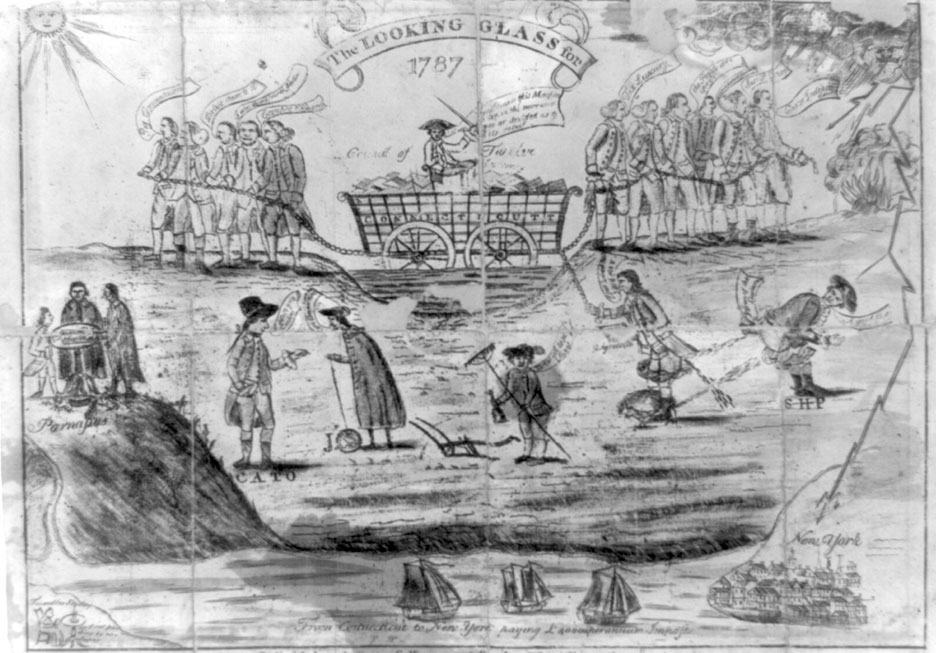Shays Rebellion

Daniel Shays, a farmer and Revolutionary War veteran, led other farmers to revolt. Shays and 1,200 followers demanded relief from various taxes and debts. With the use of force, rebels stopped the Supreme Court of Massachusetts from meeting. Within two months, the farmers were defeated in a clash with state militia. This ended their rebellion.
In 1786, farmers' incomes dropped considerably. In addition, the state's taxation burden fell most heavily on these same farmers. At the same time, hard currency was almost impossible to find. Many states resorted to issuing paper currency to help relieve the farmers' debt burden. The government of Massachusetts refused to follow this trend. Thus, many Massachusetts farmers found themselves unable to meet their payments.
The state's farmers sent several petitions to the legislature, which was dominated by merchants from the Boston area, requesting relief. Their petitions were ignored. In August of 1786, a group of 1500 armed farmers surrounded the courthouse in Northampton and prevented the judges from entering. This was repeated in towns all over the state. Massachusetts Governor James Bowdoin ordered out the militia to ensure that the courts would be able to meet unhindered by the farmers. In Springfield, 600 militia were met by 600 armed farmers. Captain Daniel Shays, a Revolutionary War veteran, led the farmers. The militia, drawn from the same areas as Shays’ men, was unwilling to fire on their fellow citizens and thus could not gain control of the town and the courthouse.
With the financial backing of several wealthy merchants, the governor raised a force in the Boston area to put down the revolt. Shays' group was no match for the force sent against them. After a few brief battles, the rebels began to disband.
Many of the revolt's leaders found sanctuary in neighboring states, while most were caught. They were all later pardoned, and the legislature soon passed laws that met many of their original demands.
The Shays Rebellion helped underscore the need for a strong central government to ensure domestic tranquility and address the underlying economic circumstances that led to the revolt.
 >
>